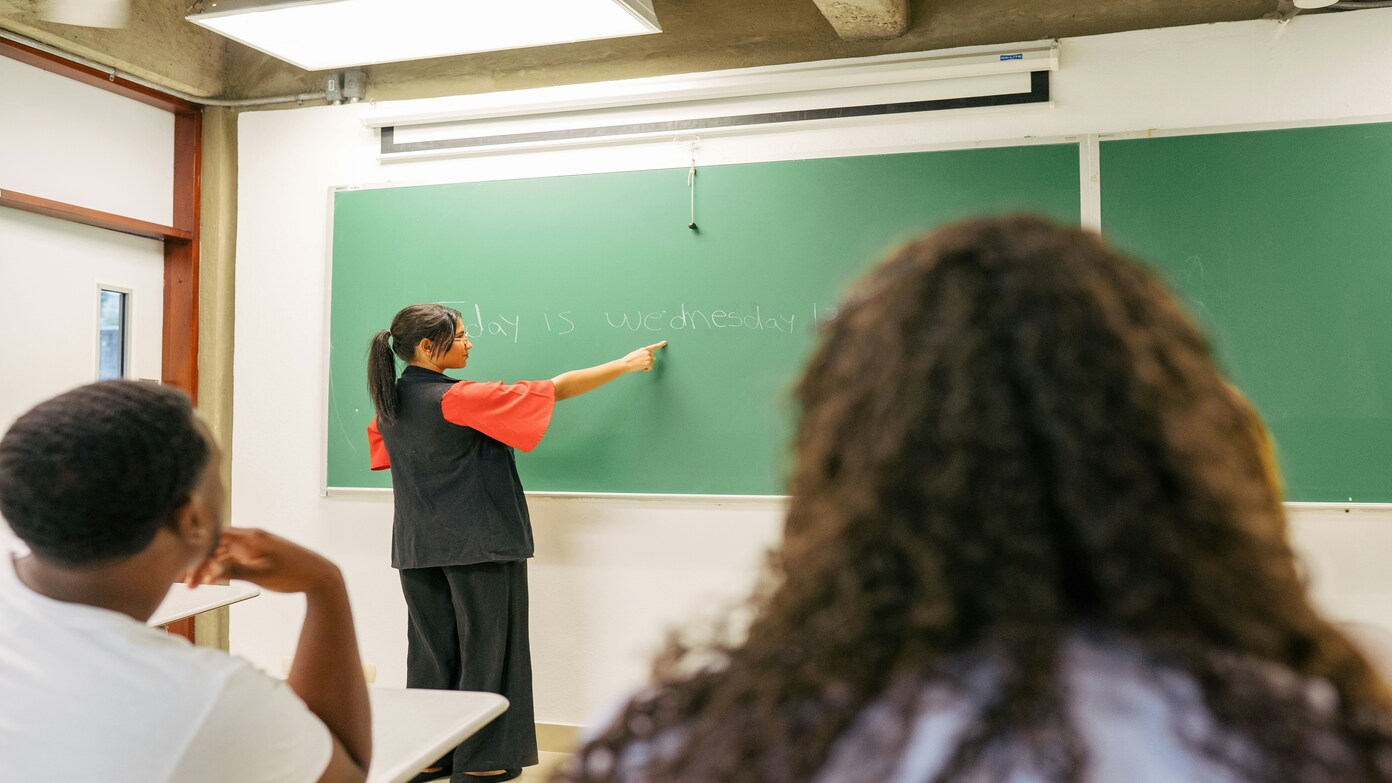As the student loan crisis continues to affect millions of borrowers, loan forgiveness has become a key topic of discussion. Many borrowers hope to reduce or eliminate their student debt through government programmes, but not all forgiveness options are the same. Some borrowers may qualify for total forgiveness, while others may only receive partial relief. Understanding the difference between these two types of student loan forgiveness is essential for managing your repayment strategy.
What is student loan forgiveness?
Student loan forgiveness is a government program that cancels a portion or all of a borrower’s federal student loan debt. These programmes primarily apply to federal loans and are designed for individuals who work in public service, participate in income-driven repayment (IDR) plans, or have been defrauded by their educational institution.
Loan forgiveness does not typically apply to private loans, which are issued by banks and other private lenders. However, some employers and state programs may offer student loan repayment assistance for private loans.
Total student loan forgiveness
Total student loan forgiveness eliminates the borrower’s entire outstanding loan balance. This means the borrower is no longer responsible for making any future payments. Several federal programmes offer total loan forgiveness under specific conditions.
Public service loan forgiveness (PSLF)
The PSLF programme provides full loan forgiveness for borrowers who work in qualifying public service jobs. To qualify, borrowers must:
- Work full-time for a government or nonprofit organisation.
- Make 120 qualifying monthly payments under an eligible repayment plan
- Have Direct Loans (or consolidate other federal loans into a Direct Loan)
Once borrowers meet these requirements, their remaining loan balance is completely forgiven.
Borrower defense to repayment
If a borrower’s school misled them or engaged in fraudulent practices, they may qualify for total loan forgiveness under the Borrower Defence to Repayment Programme. This applies mainly to for-profit institutions that have been found guilty of deceptive practices. If approved, the borrower’s entire federal student loan debt is discharged.
Total and permanent disability discharge
Borrowers who become totally and permanently disabled may be eligible for total loan forgiveness. They must provide medical documentation from a physician, the Social Security Administration, or the Department of Veterans Affairs to prove their disability.
School closure discharge
If a school closes while a student is enrolled or shortly after they withdraw, the student may qualify for a complete discharge of their federal loans.
Partial student loan forgiveness
Partial loan forgiveness reduces a borrower’s total loan balance but does not eliminate it entirely. Borrowers will still be responsible for paying the remaining amount. Several programs offer partial loan forgiveness based on a borrower’s profession or repayment plan.
Read this later: Not Los Angeles or Miami – The 5 cities in the US that will pay you up to $15,000 to move there in 2025
How much will you pay each month for a $1,700,000 mortgage?
Bad news for millions of Americans – These are the citizens who could lose their SNAP coupons due to Trump’s changes, according to the…
Capital One reaches $425 million class action settlement – If you had a Capital One 360 savings account during this period, you can claim…
Major change could leave Veterans without access to food stamps
Income-driven repayment (IDR) plans
IDR plans allow borrowers to make payments based on their income. After making payments for a set number of years, any remaining loan balance is forgiven. However, this forgiveness is partial because borrowers must still make payments for an extended period before receiving relief.
Some IDR plans include:
- Saving on a valuable education (SAVE) plan: Forgives loans after 10 years for borrowers with an original loan balance of $12,000 or less. Higher balances require 20 or 25 years of payments.
- Income-based repayment (IBR): Forgives loans after 20 or 25 years of qualifying payments.
- Income-contingent repayment (ICR): Offers forgiveness after 25 years but requires higher monthly payments than other IDR plans.
Teacher loan forgiveness
Teachers who work in low-income schools for five consecutive years may qualify for up to $17,500 in forgiveness on Direct and FFEL loans. Unlike PSLF, this programme does not eliminate all student debt, but it reduces a significant portion.
Employer student loan repayment programs
Some federal agencies and private employers offer student loan repayment benefits. For example, the federal government may provide up to $10,000 per year (with a maximum of $60,000) toward student loan repayment for employees in qualifying positions.
Loan forgiveness vs. loan discharge
While both forgiveness and discharge eliminate student loan debt, they differ in how they are granted.
- Loan forgiveness is typically tied to a borrower’s employment or repayment history. Programs like PSLF and IDR forgiveness require borrowers to make payments over time before their debt is forgiven.
- Loan discharge occurs due to specific circumstances, such as disability, school closure, or fraud. These discharges often result in total loan cancellation.
Challenges of student loan forgiveness
While loan forgiveness provides relief for many borrowers, it comes with challenges.
- Long commitment periods: Many forgiveness programmes require borrowers to work in specific jobs or make payments for 10 to 25 years.
- Changing regulations: Forgiveness programmes are subject to political and legal changes, meaning benefits can be modified or revoked.
- Tax implications: Some forms of loan forgiveness may be considered taxable income, increasing a borrower’s financial burden.

